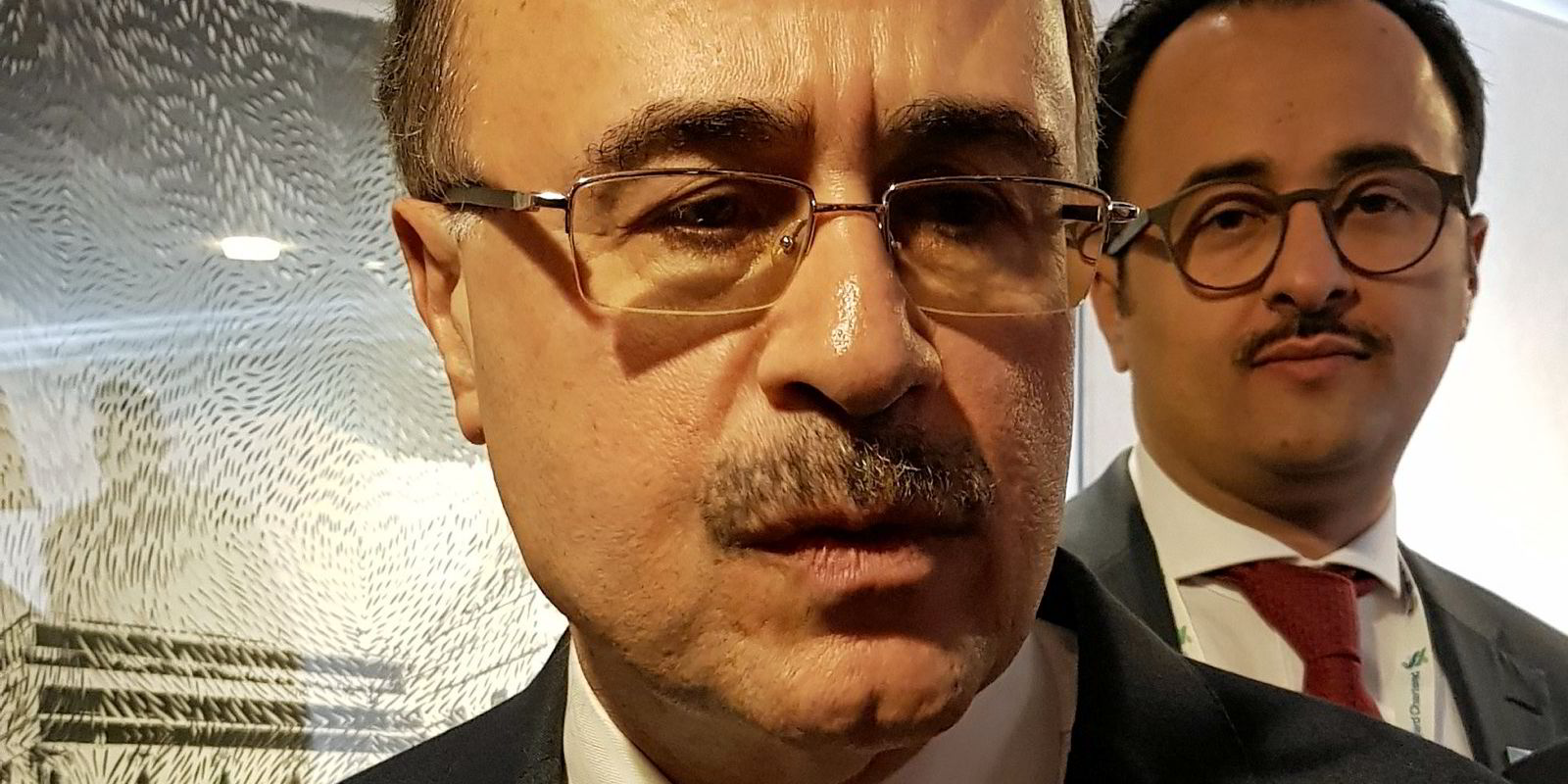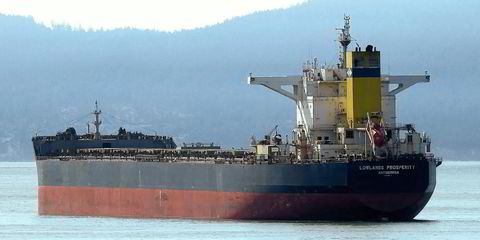The decision by Saudi Arabia to leave its maximum crude output capacity unchanged could eventually have a positive effect on crude tankers, analysts believe.
A directive released by the energy ministry overnight instructed state producer Saudi Aramco to maintain capacity at 12m barrels per day (bpd), rather than increase it to 13m bpd.
The decision came following large production cuts throughout 2023. A 2019 plan envisioned lifting capacity to the 13m bpd level.
Fearnley Securities said that Aramco is still left with ample leeway in terms of production.
The investment bank sees no significant impact for tankers in the short or long term.
But analysts Oystein Vaagen and Fredik Dybwad said that should volumes be shipped instead from other regions, there could be a boost to tonne-miles for dirty vessels, theoretically raising rates.
Fearnley Securities said there has been little movement on crude tanker rates this week, with VLCCs at $34,000 per day on the Middle East Gulf to China route.
Norwegian broker Cleaves noted a weaker performance, down 18%, over the preceding seven days, with minimal activity from the Middle East.
However, clean tanker rates continue to hold at exceptional levels, Fearnley Securities said.
This follows a strong couple of weeks due to Red Sea disruption.
‘Very promising start’
LR2 tankers are averaging $102,000 in the Pacific, doubling since 1 January, with MRs at $57,000 per day.
Greece’s Xclusiv Shipbrokers said early signs this year suggest a very promising start for the tanker market, particularly in the product sector.
Clean tankers have bucked a six-year trend of falling rates during the first months of a year.
Since the beginning of 2024, the MR Pacific basket of rates has experienced a remarkable doubling of its earnings to $56,707 per day, the Athens shop noted.
Earnings are at their highest level since late December 2022.
The MR Atlantic basket has also witnessed a surge, reaching $36,460 per day, up 31% since the beginning of the year.





